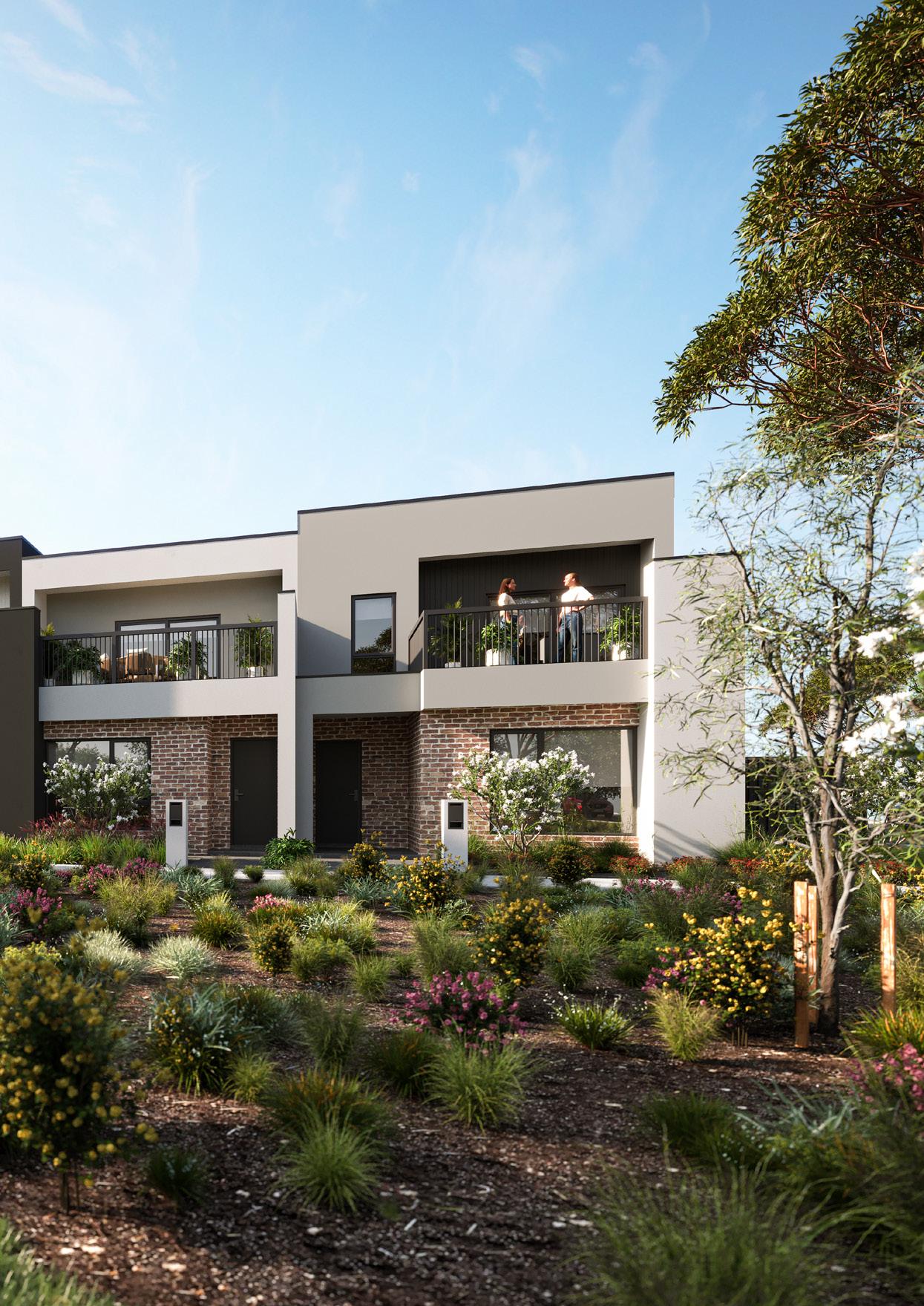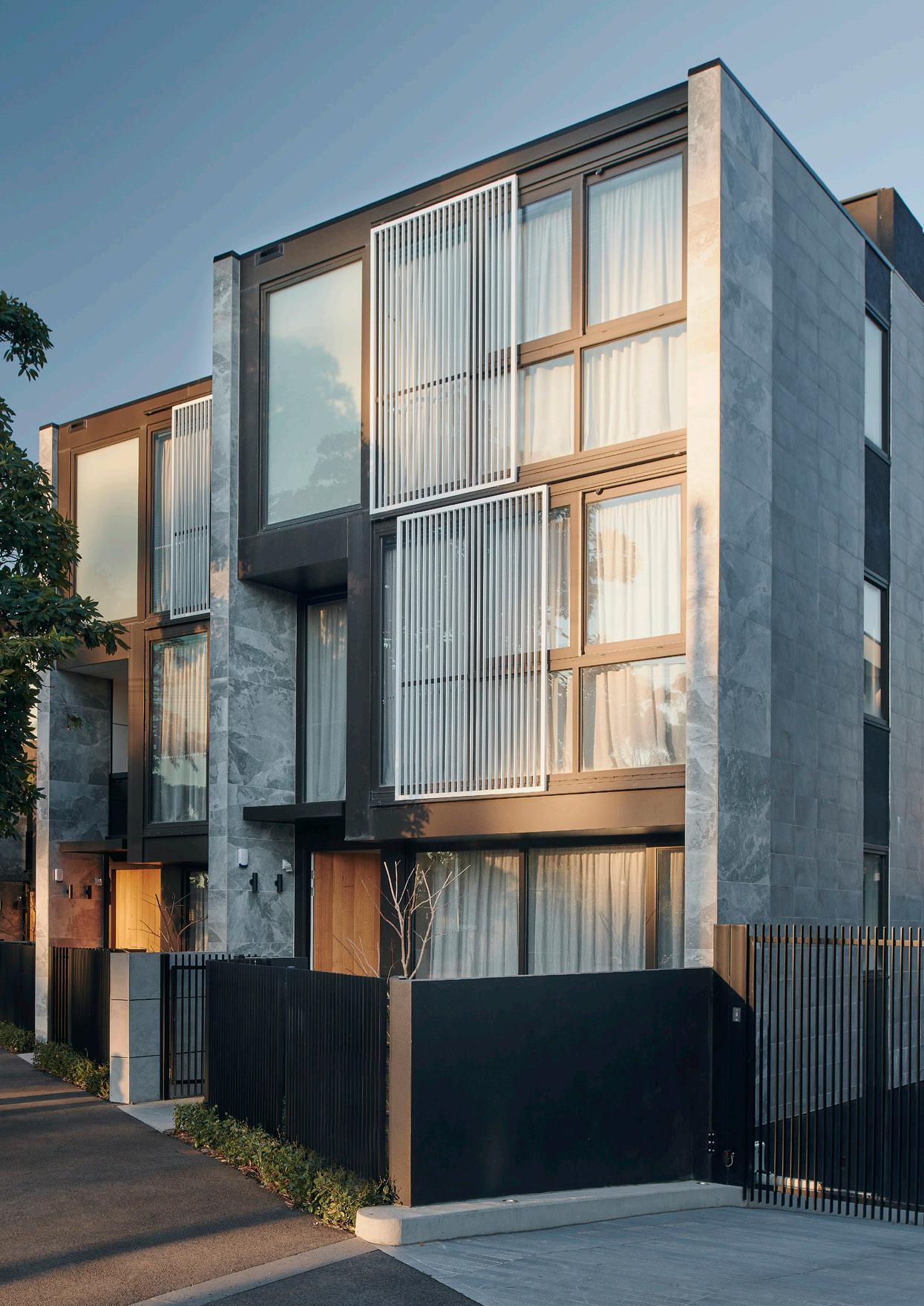
2 minute read
Apartments and Townhouses
2.3
Apartments and Townhouses
Apartments
The apartment market has been especially challenged over the last two years in contrast to the detached housing market.
However, conditions in the apartment market are slowly changing.
Investors, a traditionally important buyer segment for the apartment market, are playing an increasingly important role across the broader residential property market including, although to a lesser extent, in the apartment sector.
Investors are attracted by apartments’ relative affordability vis-à-vis detached houses (the value of detached houses has surged relative to apartments recently).
Apartment market fundamentals continue to improve.
Vacancy rates are declining for inner city and CBD markets and remain well below the highs observed in 2020. While the reopening of interstate borders is supporting apartment market demand, the reopening of international borders is of key importance given the popularity of apartments for international students, tourists and other visitors.
On a long-term basis several major trends and drivers, some of which have accelerated in recent years, are expected to have a major impact on the apartment market.
These trends include the increasing supply of buildto-rent apartments, working-from-home and the delivery of new infrastructure projects.
The limited supply of new apartments currently in the pipeline, both in Melbourne and many other key markets, is also of key importance.
The new apartment supply pipeline was heavily impacted by COVID-19 and the closure of international borders.
Nationally, approvals for private sector dwellings excluding houses, which includes apartments, remain well-below long-term average levels suggesting continued weakness in the supply of these dwellings over the short to medium term.
National dwellings approved, by building type, seasonally adjusted
17,500
No. of dwellings approved 15,000
12,500
10,000
7,500
5,000
2,500
Dec-06 Dec-07 Dec-08 Dec-09 Dec-10 Dec-11 Dec-12 Dec-13 Dec-14 Dec-15 Dec-16 Dec-17 Dec-18 Dec-19 Dec-20 Dec-21
2.3
Apartments and Townhouses
Townhouses
Townhouses continue to attract buyer interest across several markets including, increasingly, outer suburbs and greenfield locations.
The relative affordability of townhouses is a key reason for increased demand.
In Melbourne, the median house price now exceeds $1 million making the dream of home ownership increasingly difficult for potential owner-occupiers.
Townhouses are also attracting investors seeking a landed product (in addition to a competitively priced product) or who are struggling to find new apartment stock.
New townhouse design has changed significantly in recent years and will continue to evolve considering various trends.
The first trend is demographic change, such as ageing, and the ongoing need to ensure townhouses can meet an increasingly diverse range of buyers.
Secondly, COVID-19 has reshaped many aspects of society, the economy and the property market and its long-term impact remains unclear.
An increasing shift to working-from-home is perhaps one of the most important trends to emerge over the last two years.
The future of all housing, including townhouses, is likely to be characterised by greater thinking on how design can facilitate working-from-home.
This include through the provision of dedicated office or multi-purpose space which can be utilised flexibly.
Third, the delivery of new transport infrastructure presents new residential development opportunities and could reshape the geography of cities and regional areas.
For example, transit-orientated-developments (TOD), including both apartments and townhouses, could catalyse new residential development in locations while also leveraging various local competitive advantages (such as amenities and proximity to employment).



